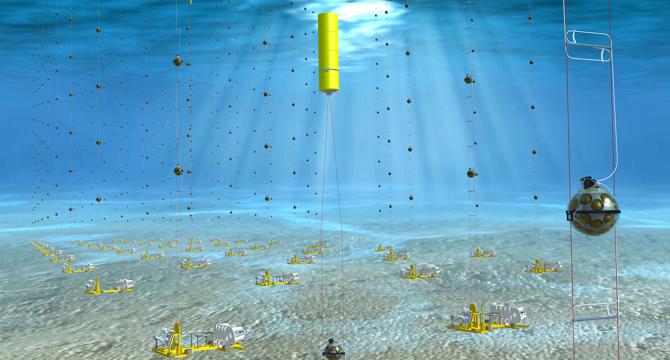Popsci
1M
336

Image Credit: Popsci
Scientists announce the highest-energy neutrino ever detected
- Neutrinos are fundamental particles that remain enigmatic in the standard model of particle physics—they carry no electric charge and hardly interact with other particles.
- The Kilometer Cubed Neutrino Telescope detected the decay products of a record-breaking 220 peta-electronvolt neutrino, the most energetic ever observed in February 2023.
- The existence of the neutrino was inferred from the detection of a muon created by its interaction with matter.
- Muons, heavier cousins of electrons, are easier to detect and decay quickly, but high-energy muons can exist longer due to relativistic effects.
- Cosmic ray-produced muons reached the Earth's surface, but the unique muon observed by KM3NeT had an unusual near-horizontal trajectory through seawater and rock.
- Potential sources of such high-energy neutrinos include active galactic nuclei (AGN), blazars, and gamma-ray bursts from starburst galaxies.
- AGNs are galaxies with active supermassive black holes ejecting matter in jets, and blazars have jets pointed directly at Earth.
- Detection of ultra-high energy neutrinos opens new avenues for studying the most cataclysmic events in the Universe linked to supermassive black holes.
- Research into these ultra-high energy neutrinos is crucial for understanding their origins and potential use as astronomical tools.
- The discovery of the high-energy neutrino marks a significant achievement in astronomy, providing insights into the most powerful sources in the Universe.
Read Full Article
20 Likes
For uninterrupted reading, download the app